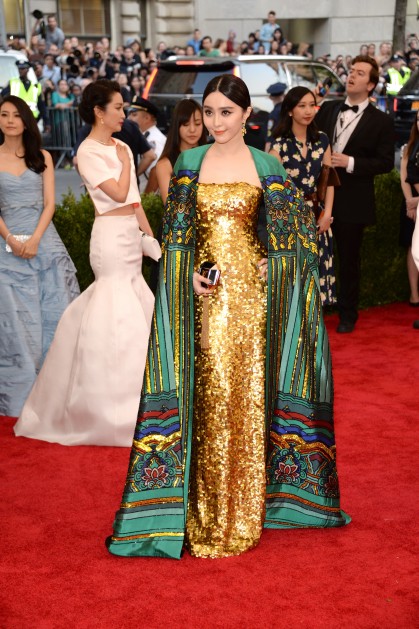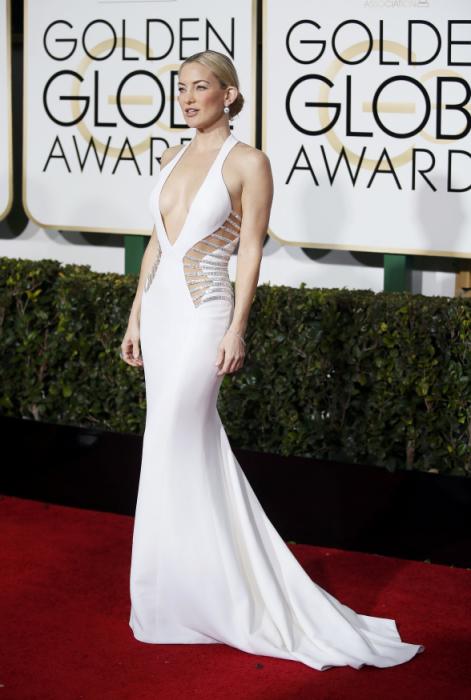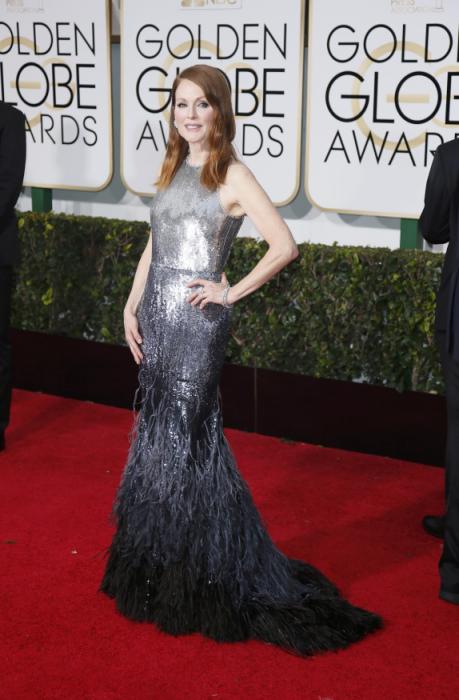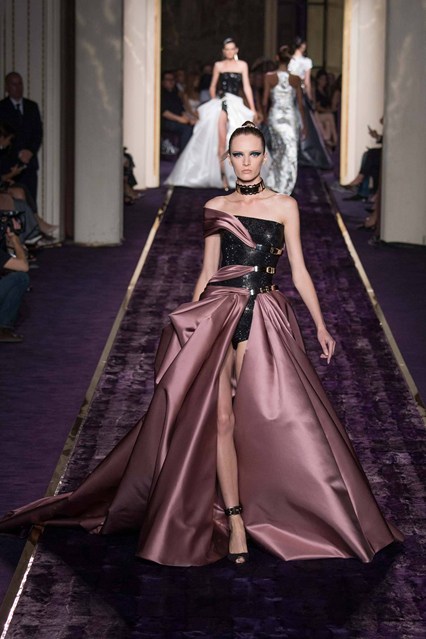Every year, I write a review about the Met Gala. Held as a fundraiser for the Museum of Metropolitan Art’s Costume Institute, each year, a new fashion exhibition is launched, and the fundraising Gala takes its theme from that exhibit.
This year’s exhibit – and theme – was ‘China: Through the Looking Glass’. A country with a strong, visual-cultural identity, China holds a unique place in fashion history. Exploring “the impact of Chinese aesthetics on Western fashion”, the exhibition (open from 7 May) features archive pieces from designers including Tom Ford and Roberto Cavalli.
The yearly Gala theme is where the rule-making begins and ends. It is intended as a challenge to both designers and the stars they are dressing. This Gala is no ordinary red-carpet, but fashion at its most daring. It is a chance to let loose, to show real creativity. To do the Gala properly requires putting your ego to one side and taking a risk.
Like the notoriously-tricky Punk theme from the 2013 Met Gala, ‘China: Through the Looking Glass’ is an idea crowded with possibility as it is beset by hazard. You can go literal, bold, dramatic – or refined, subtle, applied with the lightest touch. I firmly believe that, with such a dynamic theme, either approach is valid. The iconography of China is so visually immediate; we know the shapes, the fabric and the detail. We’re familiar with the nuts and bolts – the question for the Gala’s attendees was how far they would go in exploring the drama, opulence and tradition.
Many chose to tread softly with a diluted interpretation including Kendall Jenner’s beaded sheath gown from Calvin Klein and Anne Hathaway’s exquisitely simple gold hooded gown by Ralph Lauren. What was interesting about this year’s theme was that you could split, fairly evenly down the middle, those who approached with caution the idea of China as a fashion influence, and those who went for broke.

The big, bold statements are what the Met Gala is made of – but this year, the theme of ‘China: Through the Looking Glass’ led many to question where the line between homage and cliché gets drawn. No-one is pretending that the Met Gala is the place you go to for a considered take on authentic, traditional dress – but with the Gala’s reputation for daring, it had to be asked: how far is too far? Should a theme be taken to its most extreme interpretation, or should some restraint be applied?
Twitter buzzed with these questions as photos from the Gala flooded social media. Some commentators went as far as to dub the theme ‘racist’, others pointed out that the looks owed more to China’s fashion history than its future.
Despite the misgivings, there were definitely highlights to be found. Those who approached the theme with confidence made the biggest impact. Actress and fashion IT girl Fan Bingbing wore a copper, sequinned gown with an incredible decorated cape by Beijing-based designer Christopher Bu. This was a simply gorgeous collaboration; the streamlined silhouettes underscored by the fabulously ornate beadwork. The approach of combining pared-back shapes with sensational, bold decoration worked for many.
Making a supermodel look good is not exactly fashion’s most onerous task, but Atelier Versace managed the double with both Karlie Kloss and Rosie Huntington-Whiteley wearing the label. Sleek, modern design with hits of opulence took the Gala’s theme to the next level. With China producing the next wave of super-rich consumers, translating China’s history into something more contemporary was a stroke of genius for labels such as Versace, who are actively wooing this eager-to-spend customer base.
These statement looks, however, were in a minority. This year’s theme cried out for bold, expressive interpretation. What we got instead was a lack of innovation. Rihanna’s cape by Guo Pei was one of the exceptions, with its couture-like-grandeur stealing the headlines. The cape took two years to make, and while it wasn’t to everyone’s taste, Rihanna once again proved that when it comes to fashion, she has no fear.
If everyone had adopted Rihanna’s gusty approach to red-carpet dressing, the night would have been very different. Timidity made for a very muddled sartorial message, and ended up with attendees going down tried-and-tested routes: it’s no mistake that both Jennifer Lopez and Beyonce went with skin-baring beaded gowns. It may well be true that there is nothing truly new under the sun, but this year’s Met Gala cried out for a fresh approach.
As for the accusation of racism, those who took offence at the Gala’s theme were considering the night from the wrong angle. For a night called ‘China: Through the Looking Glass’, the fact was that most of the designers worn were from Europe and America. If Twitter needed to get worked up about an issue, this was it. ‘China: Through the Looking Glass’ should have been the perfect vehicle to showcase up and coming Chinese design talent. Only a few attendees chose to do this; everyone else went with the familiar – both in terms of the dress being photographed, and the designer label on their back.
If the Met Gala should stand for anything, it needs to get braver about exploring new ideas from new voices. A fashion industry that does not evolve stagnates – and that was the feeling of this year’s Met: nothing felt new or vibrant. We had, quite literally, seen it all before.
Every year I write a review about the Met Gala, but this is the first year where the celebration of fashion has taken a back seat. A bold statement worn with conviction can never truly be wrong, and it was sad to see people blatantly ignoring their own instincts and going with what they thought would meet approval. The fear of offending, of getting it wrong, has ironically ended up with the Met Gala doing just that. Instead of the same names, the same style signatures, how about next year celebrating fashion’s future instead? There’s some incredible talent out there, and what better platform could there be for making it visible? If the Met Gala wants to keep its reputation for fashion daring –it’s high time it earned it.
HELEN TOPE




































